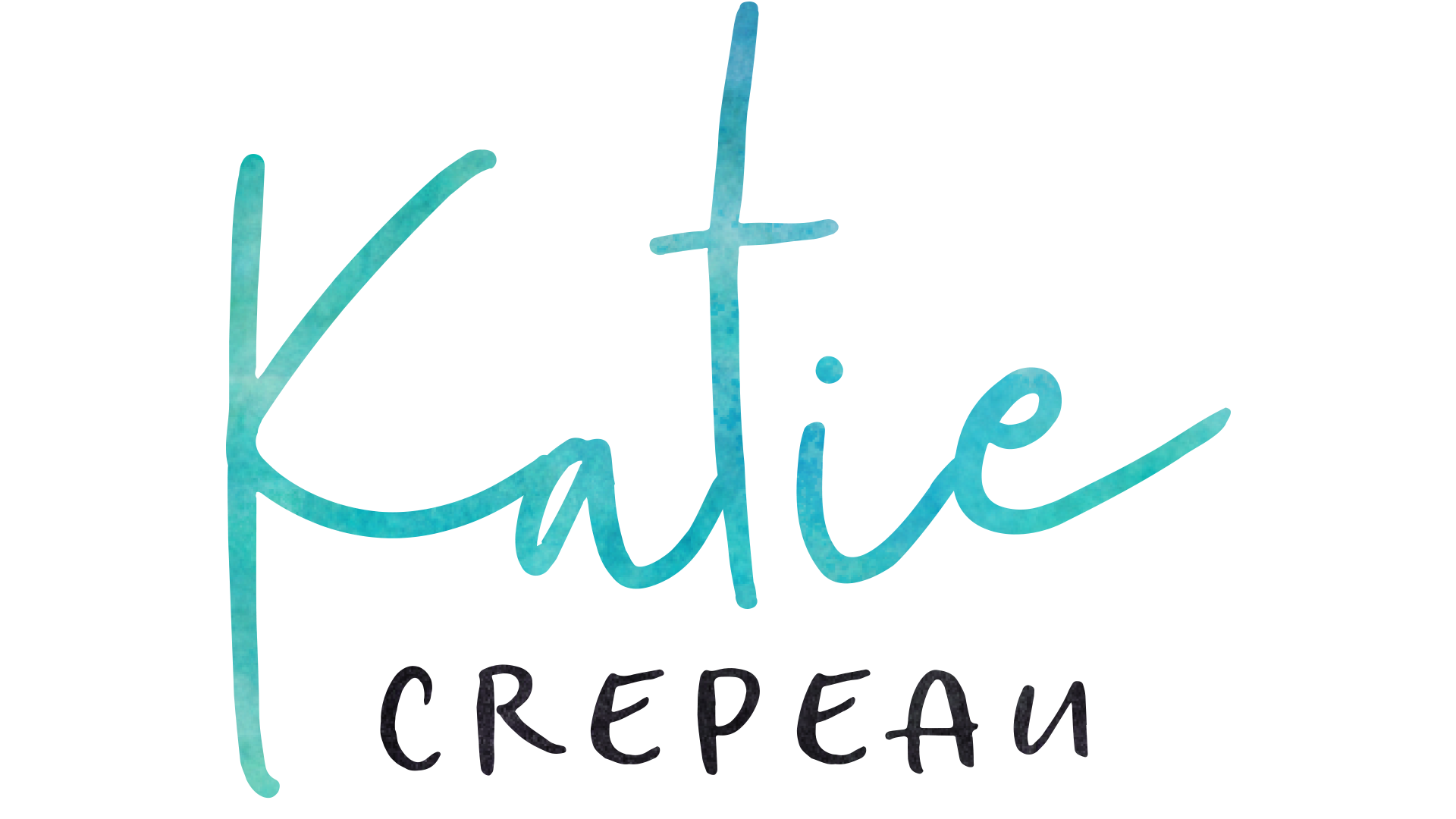“Fail fast” has become the motto of modern business practice. We’re told this is the way to design and build a successful project or business rather than planning every intricate detail and then implementing the plan. But putting this into practice is not as easy as the two-word motto makes it out to be.
So let me use a short example to illustrate this concept.
James Dyson, the chairman and chief engineer of his namesake vacuum cleaner company, has used failure to drive the realization of all his products. In the book Black Box Thinking, Dyson recalls the number of prototypes it took him to create the technology for his first bagless vacuum cleaner: a mere 5,127.
Think about that for a second.
He reflects that not only does it take committing to a bold, creative insight (in this case, the idea for a bagless vacuum cleaner) but it also requires disciplined focus (prototype incrementally and relentlessly.)
How can you benefit from failing fast? As Dyson says, “If insight is about the big picture, development is about the small picture. The trick is to sustain both perspectives at the same time.”
Overcoming the big, looming fear of failing.
The fear of failing can be paralyzing, especially when your heart and mind is so deeply committed to what you dream of doing. It’s easy to list everything that you don’t know and anticipate that every decision you make is going to be the wrong one. These limiting beliefs can prevent you from even starting.
But have you considered what would happen if you use what you know right now? What would happen if the skills, experience, connections, and resources you currently possess led to something positive, no matter how unexpected it might become?
Tomorrow we’re facing these fears.
As I’ve said before, I believe you have all you need right now to do impactful work. Tomorrow, we’re going to work on getting you to believe this, too, by starting with one activity, one step.
“Creating a 2-Part Reflection Framework” has been designed to help you discover what you currently want to put out into the world. I know you have ideas swimming around in your head so we’re going to pull them out and put them onto paper.
We’re not aiming for perfection. Instead, it’s about doing one small practice that you can use, tweak, and build upon.
> Let’s spend 30 minutes tomorrow on your big dream <
See you there,
Katie

Trackbacks/Pingbacks